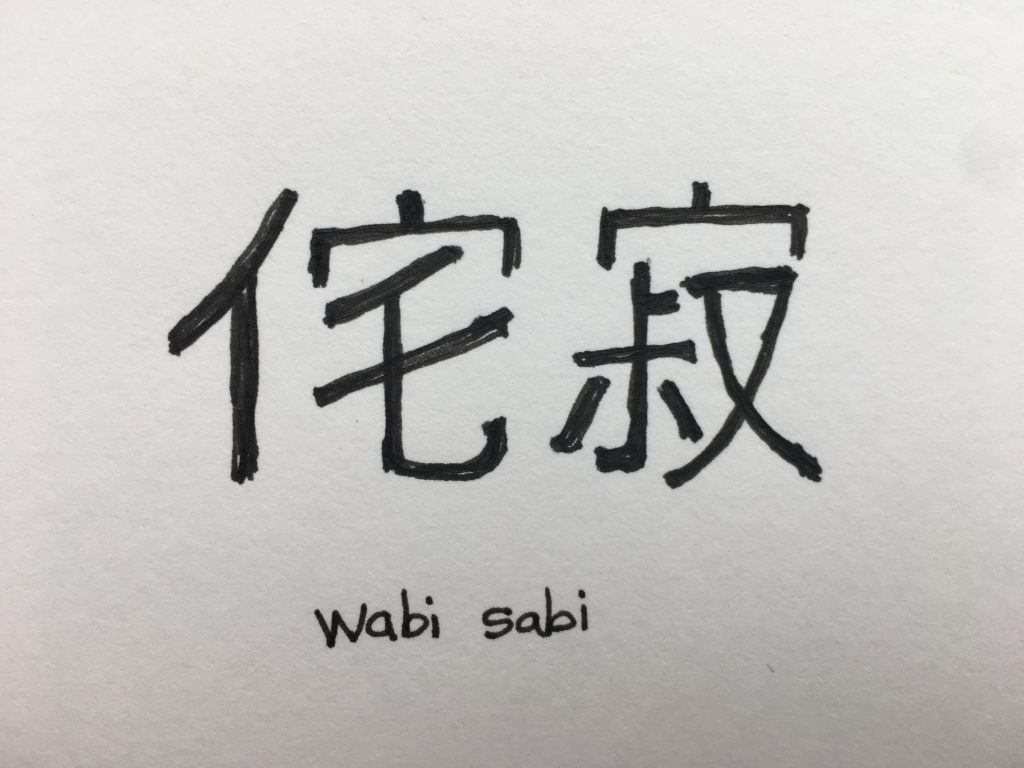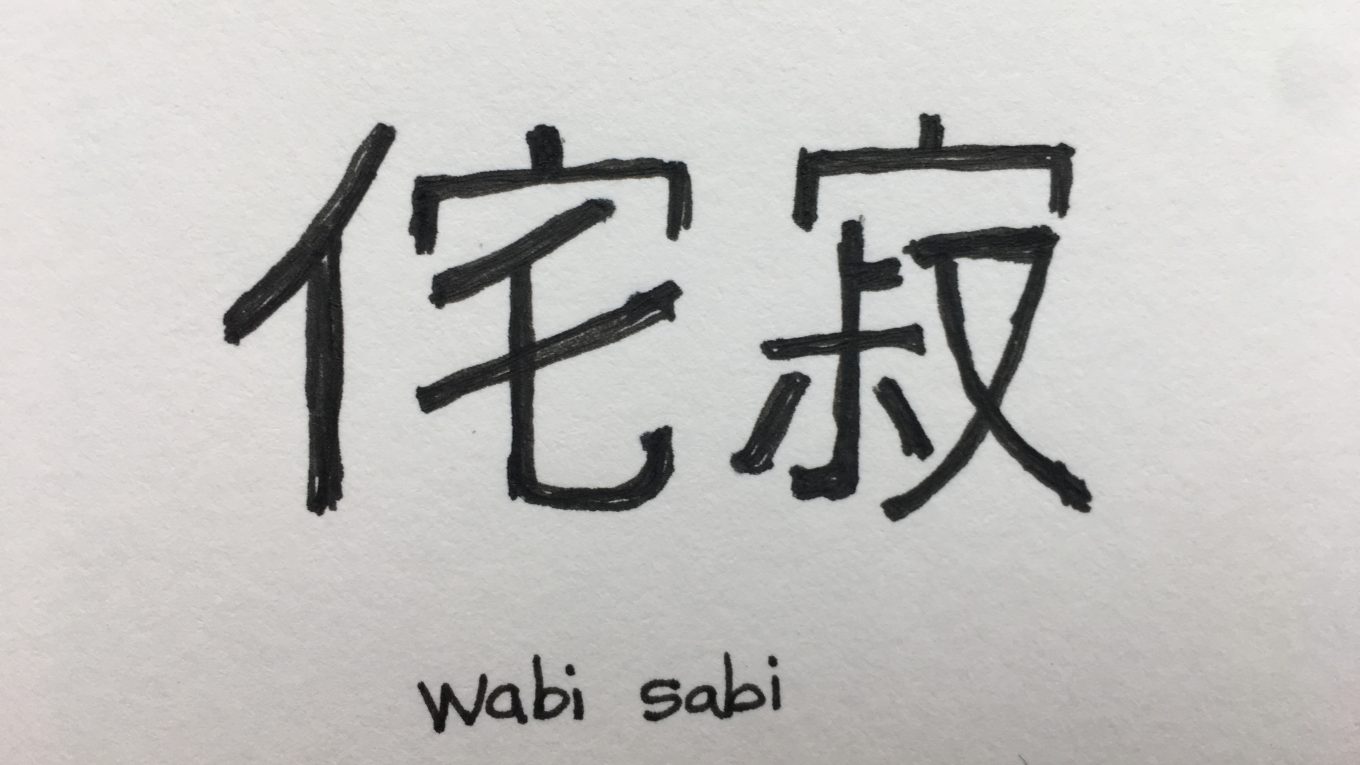Wabi Sabi in a PhD Dissertation
This is a reading response for the Research Colloquium course. The focus is on three dissertations and one article. The topic for this week’s readings is ‘genre’ which leads in one direction. I will go a different direction based on personal experience.

On occasion I dip into Japanese culture and philosophies since my son is a third degree black belt. We recently sat over a cup of coffee talking about zen and the aesthetic of ‘ikigai’ which is a complex concept relating to the meaning of life. This naturally led our conversation into the less frequently understood aesthetic of wabi sabi. In simplest terms, this concept relates to the beauty of imperfection. It’s finding the balance in incongruity or marvelling at the distortion in a less than perfectly crafted bowl. It’s about accepting and valuing weathered and warn objects because of the stories they tell.
In terms of a PhD dissertation, a wabi sabi aesthetic is about the acceptance of imperfections within the research and the summary document with all its “partial perspectives situated in time and place” (Russell, 2003, p. 131). Any work, a hand crafted bowl or a PhD paper can be deemed perfect in it’s imperfectness, in it’s ‘not-yetness’ (Collier & Ross, 2017). The value of the research story stands as true, not because it’s perfectly crafted, but because of its flaws and impermanence.
This wabi sabi aesthetic or the recognition and acceptance of imperfections in research design or writing is not often seen or disclosed in academia, as Russel (2003) notes when sharing her confessional story or imperfect thinking and incongruent writing. There is pressure to craft a balanced and all encompassing story that perfectly reflects the realities we see in our research. Wabi sabi would suggest that there should be simplicity, imbalance, and imperfection that is recognized, accepted, and inherently essential in the final product. The work can be recognized for what it was intended, even when imperfectly crafted. Within this notion of wabi sabi, there is no necessity to point out the imperfections or simplicities since they can be recognized by readers, accepted as part of the overall story of the research, and admired for what they are without explanation or identification. The incompleteness and rough edges are expected with a wabi sabi aesthetic.
“While in West the presence of qualities such as consciousness, intellect, control, form, structure,
Athanasaidis, 2013, p. 14
are often considered as merits in both the process of creation and appreciation, in Japan their
absence signifies a truthful work of art.”
The understanding and recognition of wabi sabi takes years to perfect (Athanasaidis, 2013). As part of my PhD work that will take years to perfect, my dissertation, when written, should strive for balance in the imbalance of concepts and methodologies, asymmetry when conforming to forms and structures, fluidity within inflexible academic constraints, and incompleteness when finishing the dissertation. The dissertation and my research story will live and exist in this paradox. That would be the wabi sabi way.
Additional information received from others:
Another powerful application in a Ted Talk … Wabi-sabi: The magnificence of imperfection: Cheryl Hunter at TEDxSantaMonica – where Cheryl Hunter explores her personal journey to accepting a trauma event in light of the aesthetic of wabi sabi.
One additional reference from this discussion:
References
Athanasiadis, B. (2013). Wabi sabi: Its application in Japanese art and music. PhD Thesis, Section 2. Retrieved from http://www.basilathanasiadis.com/wp-content/uploads/2013/12/Pages-from-PHD-Thesis-Final-2.pdf
Collier, A., & Ross, J. (2017). For whom, and for what? Not-yetness and thinking beyond open content. Open Praxis, 9(1), 7-16.
Longhurst, E. N. (2018). A little book of Japanese contentments. San Francisco, CA: Chronicle Books LLC.
Image attribution: spinster cardigan. (2013, Sept 13). sky mine. Retrieved from https://flic.kr/p/dXBKB4
NOTE: the full dissertation from Athanasiadis is available online http://www.basilathanasiadis.com/thesis/
